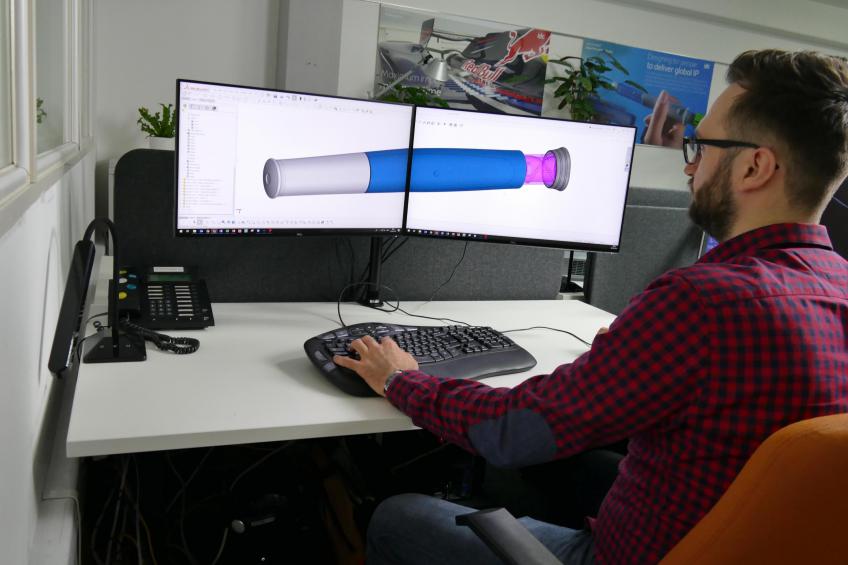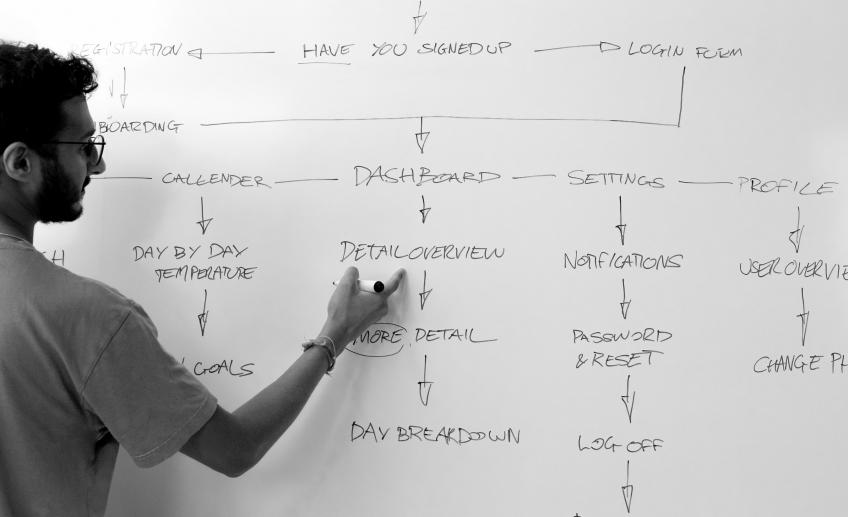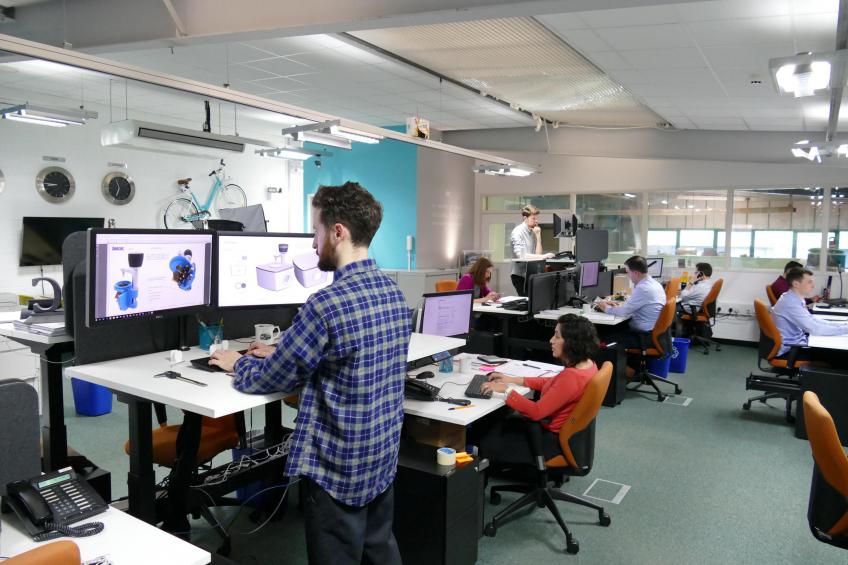What Software Tools are Commonly Used in Industrial Design? | News
Industrial design is an innovative process, blending creativity with precision. Modern software tools are essential to ensure ideas move efficiently from concept to reality.
At IDC, we combine industrial design with in-house engineering, prototyping and manufacturing expertise to deliver market-ready products. Our team uses a broad range of digital tools to support every stage of the design and development journey, from freeform sketching to CAD simulation and lifecycle analysis.
In this article, we explore some of the most commonly used software tools in industrial design today, with examples drawn from real projects delivered by IDC.

Surface and Freeform Modelling Tools
Early-stage design often requires tools that allow creative freedom to explore complex forms and surfaces. Software such as Autodesk Alias is widely used in automotive and consumer product design for sculpting smooth, Class A surfaces with a high level of visual fidelity.
At IDC, surface modelling plays a key role in shaping consumer products that feel intuitive and look visually refined. For example, the LiveTouch Studio sports editing system underwent multiple CAD iterations to create a seamless, soft-touch user experience that reflected its user-centred function.
When precision and repeatability are critical, parametric modelling software comes into play. Tools like SolidWorks allow our designers to define relationships and constraints between features, making it easy to update models, adjust dimensions, or explore variations quickly. For more advanced, rule-driven modelling, such as creating design patterns or testing geometric behaviours, tools like Grasshopper for Rhino offer flexibility and control. These are particularly useful in areas where structures follow mathematical logic, such as lattices or component frameworks.Parametric and Algorithmic Design Tools

Before committing to physical builds, we rely on digital prototyping to simulate performance, test fit and function, and identify design refinements. Tools like SolidWorks and CATIA allow us to model mechanical assemblies, analyse movement, and perform stress testing. In the RAVI robot project, for instance, simulation tools were used to assess movement and stability before any physical parts were manufactured. This integrated workflow helped accelerate development while reducing the number of prototypes needed.Digital Prototyping and Integration Workflows

Sustainability is an increasingly important factor in industrial design. To support better decisions, IDC developed its own LCA Calculator: a digital tool used by companies including Jaguar Land Rover and leading universities to assess environmental impact across the product lifecycle.Sustainability and Lifecycle Assessment Tools

IDC’s strength lies in combining software tools with hands-on collaboration between design and engineering. Here are a few examples of how we apply our digital toolkit in real-world projects: Thermal Imaging Device Everest Inhaler LiveTouch Studio RAVI Robot Each of these examples shows how the right combination of tools enables us to move quickly, communicate clearly and reduce design risks.Design Tool Use in Real-World Projects
A compact medical device developed in under four months using rapid CAD modelling and prototyping tools like SolidWorks and KeyShot.
A cost-effective dry powder inhaler designed for manufacturing using advanced tolerance analysis and precision CAD modelling.
A sports editing device developed with robust CAD design and prototyping to ensure ergonomic comfort and mechanical reliability.
A humanoid robot created to test keyboard usability — from concept CAD to functional modelling and simulation.

Explore More with IDC
Want to learn more about how IDC works, and our industrial design process? Our case studies showcase how software tools and collaborative design processes come together to create innovative, market-ready products.
Interested in working with IDC on your next project?
Get in touch to find out how our integrated design and engineering teams can help bring your product to life.